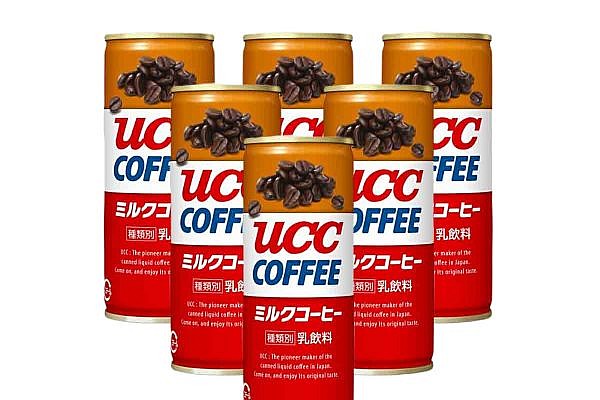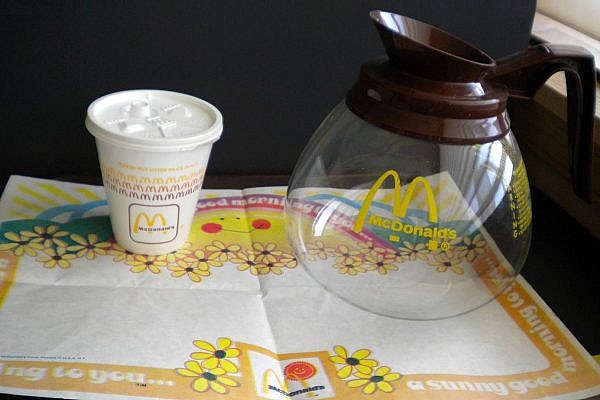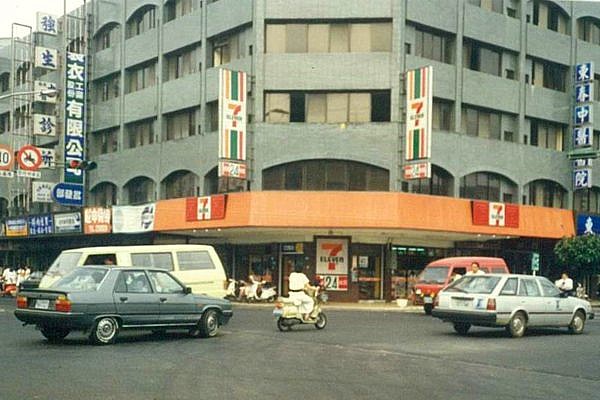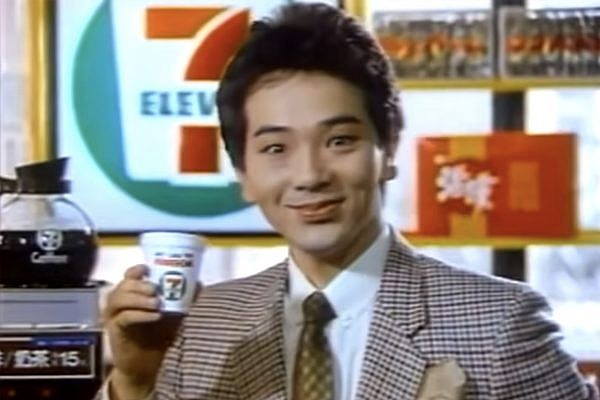Uncategorized
台灣職人咖啡的歷史––Part IVTaiwan’s Artisan Coffee History––Part IV
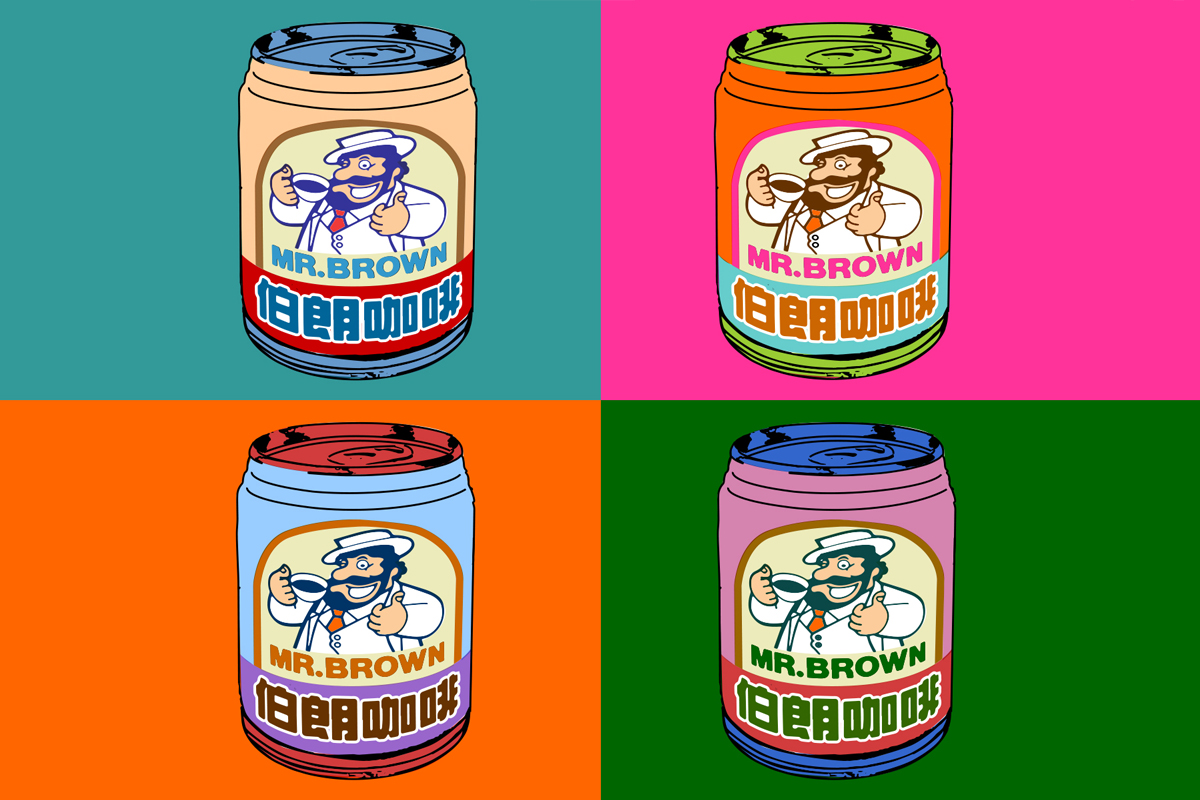
圖片1– 1980年代初台灣最成功的罐裝咖啡, 伯朗咖啡
插畫:Erick Kuo
Part IV––咖啡大眾化 Coffee for the Masses
即時補充咖啡因
Instant Caffeination
1950年,雀巢咖啡開始向駐台美軍提供速溶咖啡,這是咖啡在台灣首次開始普及。 30多年後,在1982年,麥斯威爾(Maxwell House)品牌加入了台灣市場。 儘管這些產品絕對不是“職人精品”,但是推動了咖啡的普及。在日本殖民時代,咖啡並不是每日生活的一部份。
圖片2– 1940和1950年代的雀巢即溶咖啡廣告
攝影: https://www.brandingmag.com/2013/04/04/nescafe-75th-anniversary/
罐裝咖啡
Coffee in a Can
982年,金車集團(King Car Group)開始銷售一系列罐裝咖啡產品,稱為“伯朗先生”。 它採用鋼罐包裝,提供 ”原味” 和“ 藍山風味”兩種選擇。 伯朗咖啡很快地在1980年代初成為台灣最成功的罐裝咖啡產品。 15年後,伯朗咖啡在全台灣開設了許多咖啡廳,提供新鮮的現磨咖啡。
1985年,亞洲最古老的咖啡公司之一,名為UCC的日本公司,成立了一家合資企業,在台灣加工和包裝咖啡豆,其特色是其Blue Mountain,藍山風味的配方豆,和其他特色咖啡風味。UCC迅速開始與伯朗咖啡爭奪市場份額。 幾十年來,這兩個品牌在罐裝咖啡中佔據主導地位。
圖片3– 全世界第一瓶罐裝咖啡, UCC
美國咖啡落地台灣
American Coffee Lands in Taiwan
雖然現在食品商店裡可以買到各種形式的咖啡,但在1980年代初期,很少有台灣人願意去台灣少數昂貴的咖啡店一探究竟。 新鮮的手沖咖啡很貴,這些咖啡館的氣氛更吸引商人,藝術家,學生和知識分子。 兩家美國連鎖店改變了這一切。
麥當勞在1950年代成長,是美國速食業的成功典範。 雖然主要以漢堡聞名,但它也提供咖啡。 這些豆是阿拉比卡咖啡和羅布斯塔咖啡的混合配方,以機械大批量沖煮,並放在大容器中保溫。 台灣第一家麥當勞於1984年開業,以一杯咖啡新台幣35元的價格出售。
圖片4– 1980 年代,麥當勞的咖啡壺和咖啡杯
攝影: CJ Manowski
來自美國的7-11於1979年,由統一企業投資,在台灣開設了第一家店。一開始並沒有出售咖啡;直到1985年,成為第一家出售沖煮式咖啡的連鎖雜貨便利商店,使用預磨好的豆子和美國滴濾式咖啡機。
圖片5– 1980s 台灣 7-Eleven
攝影: CNA
圖片6– 1986年統一超商廣告「張晨光 7-ELEVEn 現煮咖啡篇」
https://www.youtube.com/watch?v=YLNVWPhPJBk
Part IV––Coffee for the Masses
Instant Caffeination
The first popularization of coffee in Taiwan began in 1950, when Nescafe began selling instant coffee in to American soldiers stationed there. More than 30 years later, in 1982 Maxwell House added its own brand to the mix. While these products were certainly not “artisan” in any, they helped popularize coffee to the masses, who had been largely left out during the Japanese Colonial era.
Coffee in a Can
In 1982 King Car Group began selling a line of canned coffee products called “Mr. Brown Coffee”. It came in a steel can and offered a choice of original and “Blue Mountain Style”.
Mr Browns quickly became the most successful canned coffee product in Taiwan in the early 1980s. 15 years later, Mr. Brown would later open numerous cafes throughout Taiwan, featuring fresh ground coffee.
In 1985, one of Asia’s oldest coffee firms, a Japanese company named UCC established a joint venture to process and package coffee beans in Taiwan, featuring its Blue Mountain blend and other specialty coffee flavors. UCC quickly began to compete with Mr Brown for market share. These two brands dominated canned coffee in Taiwan for decades.
American Coffee Lands in Taiwan
While various forms of coffee were now available at food stores, few Taiwanese ventured out to the small number of expensive coffee shops in Taiwan in the early1980s. Fresh brewed coffee was expensive and the atmosphere at these cafes appealed more to businessmen, artists, students, and intellectuals.
Two American chains changed all that.McDonalds had grown up in the 1950s as America’s great fast food success story. While mainly known for its burgers, it also served coffee. The beans, a blend of Arabica and Robusta, were machine-brewed in large batches and kept hot in large containers. The first McDonalds in Taiwan opened in 1984, selling a cup of coffee for NT$35.
While US-based 7-Eleven had opened its first store in Taiwan, in 1979, it sold no brewed until 1985, when it became the first grocery chain store to offer it, using an American drip-brew coffee machine and pre-ground beans.
Conclusion
By the end of the 1980s the conditions needed to fuel an artisan revolution in Taiwan were coming together. It had cafes that served great hand brewed-coffee, was mass- marketing a variety of coffee in canned formats, and American chain stores were serving brewed coffee to average Taiwanese.
Still, few Taiwanese visited cafes—it simply wasn’t part of mass culture. Moreover, the instant, canned, and chain store brewed coffee most Taiwanese consumed was far inferior to what was being served in high end cafes. As in the United States, coffee was mainly consumed for the caffeine boost in provided. That was about to change for good over the next decade.


